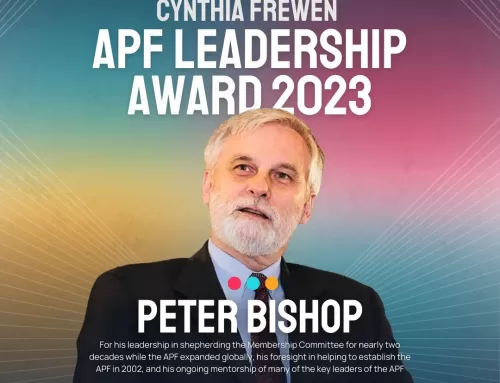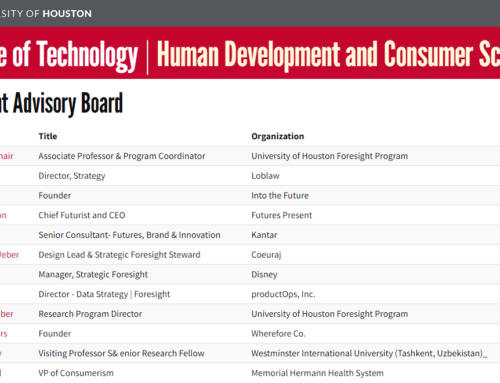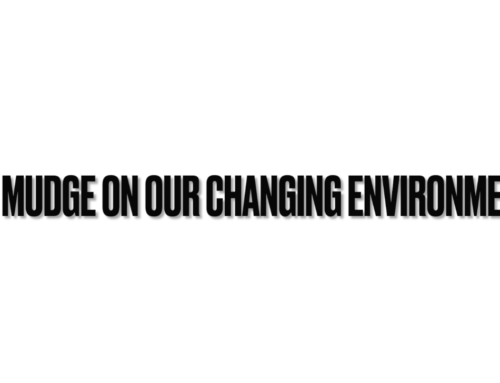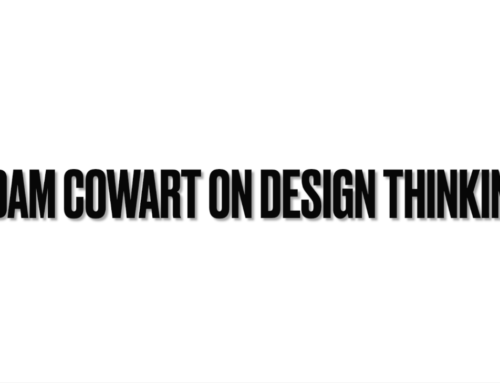I’m so pleased to be able to announce that Peter Bishop and I have [finally] published an article on the Framework Foresight that explains the process we teach for carrying out a foresight project: “Framework foresight: Exploring futures the Houston way,” Futures, Available online 29 May 2013, http://dx.doi.org/10.1016/j.futures.2013.05.002
Alums may be wondering if “Framework Foresight” is different than “Framework Forecasting?” Yes. Indeed, we have expanded the scope of the framework beyond forecasting to include implications, issues identification, and planning. In other words, it covers the full range of foresight activities: framing, scanning, forecasting, visioning, planning, acting.
The article is full of templates to help “newbies” [and maybe veterans, too] along the process.
Abstract
Over the last several years, the University of Houston developed and codified a method for teaching students how to carry out foresight projects. This development represented a philosophical shift from a neutral presentation of methods without particular advocacy for one or the other. The challenge that this neutral approach presented is that each method is somewhat different and especially for those new to foresight, it became challenging to find common ground, distinguish them, or to know when to use one or the other. Our experience is that our initial wariness of promoting a standard method and thus a “one-right-way” of doing foresight proved unfounded. Not only does it not detract from the teaching of other methods, in fact it has made it easier. Framework Foresight was deliberately built to accommodate and incorporate other methods and approaches. It provides a basis of comparison of how various practitioners and methods do the work, enabling them to assess the strengths and weaknesses of each. Framework Foresight thus could be viewed as a meta-method in that it is a modular approach that accommodates a substitution of, or supplementation from, other methods or techniques at various steps. As students became practitioners and used the method in their practice, they have provided useful feedback and have generally reported back good results. Thus, Framework Foresight is offered to the foresight community as a method for carrying out foresight projects





